Foundation Repair Timing Benefits
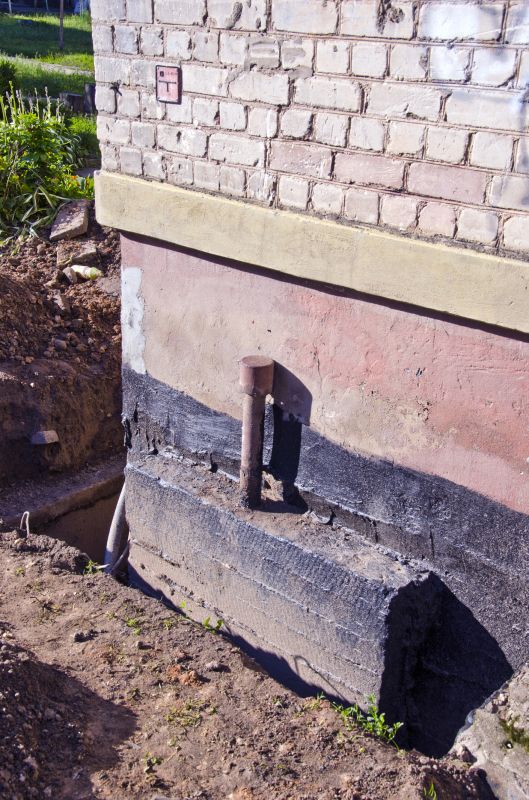
Spring offers moderate temperatures and stable ground conditions, making it an ideal time for foundation repairs.
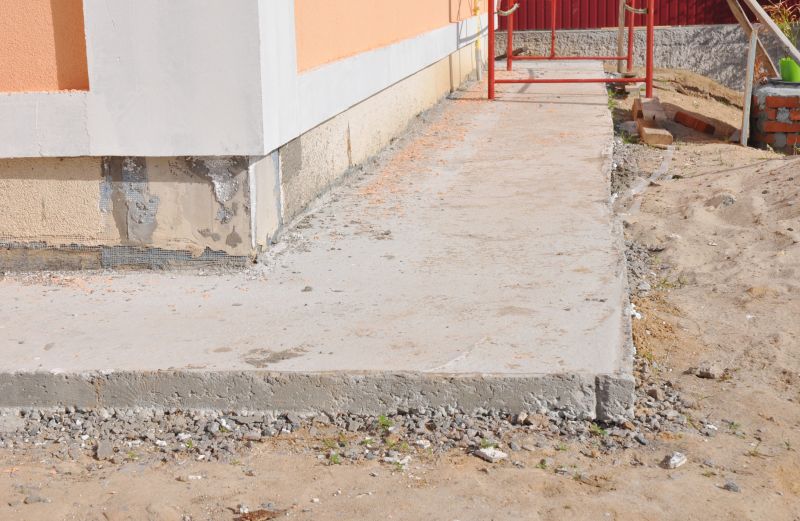
Summer's warm weather allows for efficient repair work, though high temperatures can sometimes cause delays.
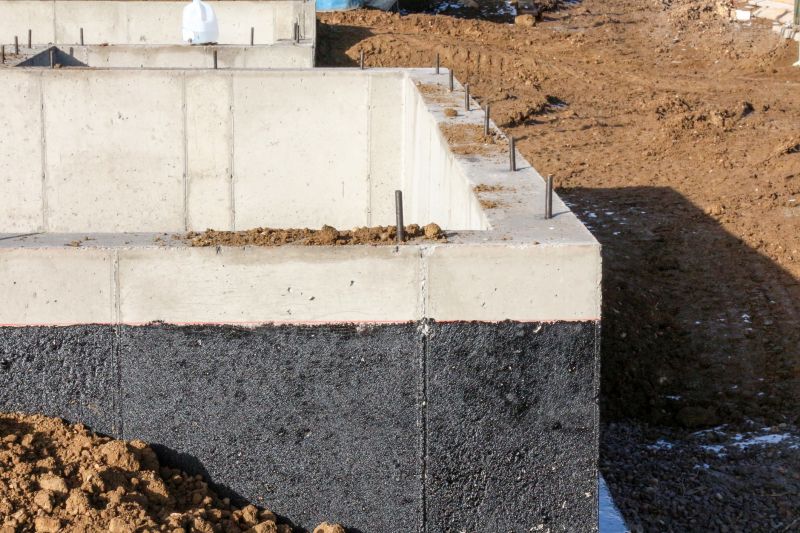
Fall provides cooler weather and less rain, which can facilitate better working conditions for foundation repairs.

Winter may pose challenges due to freezing temperatures and frozen ground, potentially delaying repairs.
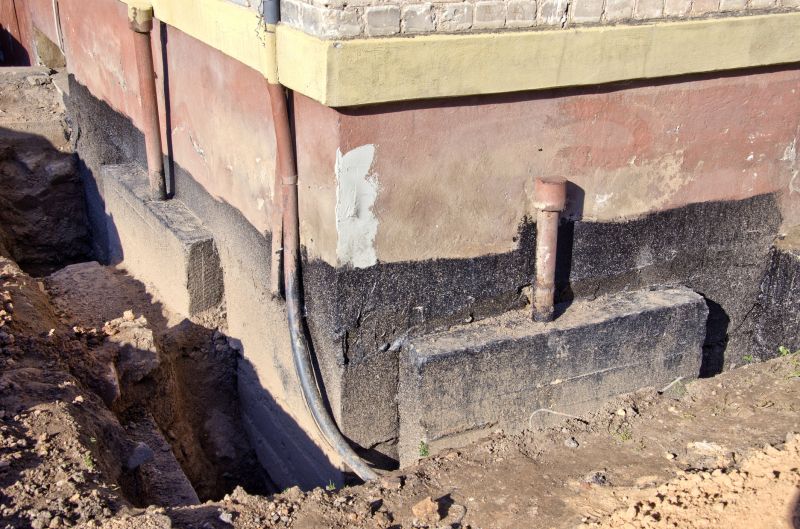
Typically, late spring through early fall is considered optimal for foundation repairs due to favorable weather.

Adverse weather conditions such as heavy rain or snow can hinder repair schedules and affect outcomes.

Ways to make Foundation Repairs work in tight or awkward layouts.
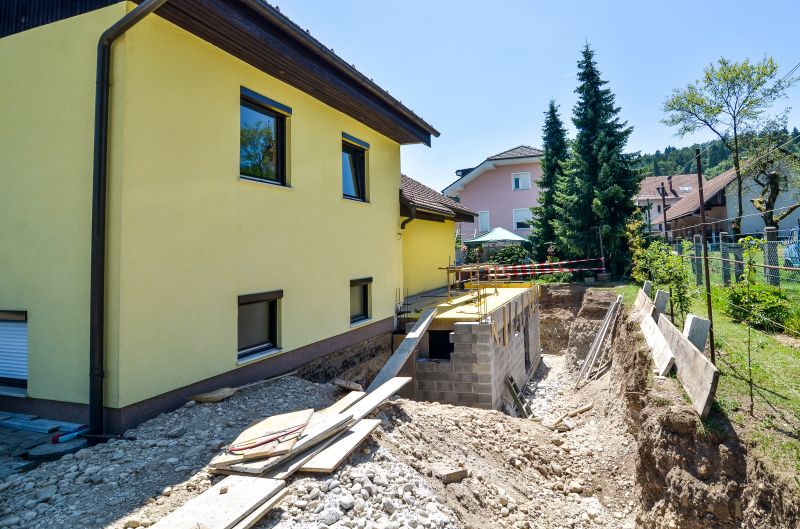
Popular materials for Foundation Repairs and why they hold up over time.

Simple add-ons that improve Foundation Repairs without blowing the budget.
Foundation repairs are essential to maintaining the structural integrity of a building. They address issues such as settling, cracking, and shifting that can compromise safety and property value. The timing of repairs can influence their effectiveness, with favorable weather conditions reducing delays and costs. Properly timed repairs can prevent further damage, saving homeowners significant expenses in the long run.
Statistics indicate that a significant percentage of foundation issues worsen during periods of ground movement caused by seasonal changes. Addressing problems promptly during optimal weather windows can improve repair success rates. Understanding the seasonal impacts on soil and foundation stability helps determine the best time for intervention, ensuring durable and lasting results.

The process involves assessment, soil stabilization, and structural reinforcement to restore stability.
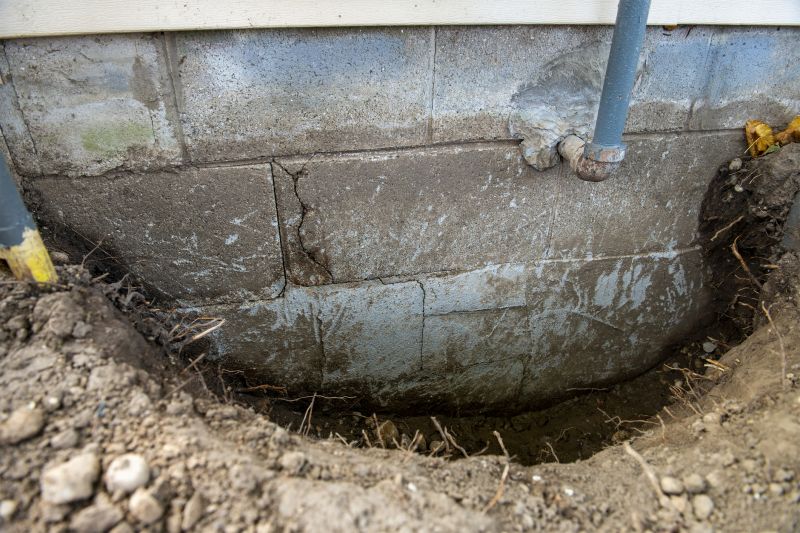
Cracks in walls, uneven floors, and sticking doors are common indicators of foundation problems.
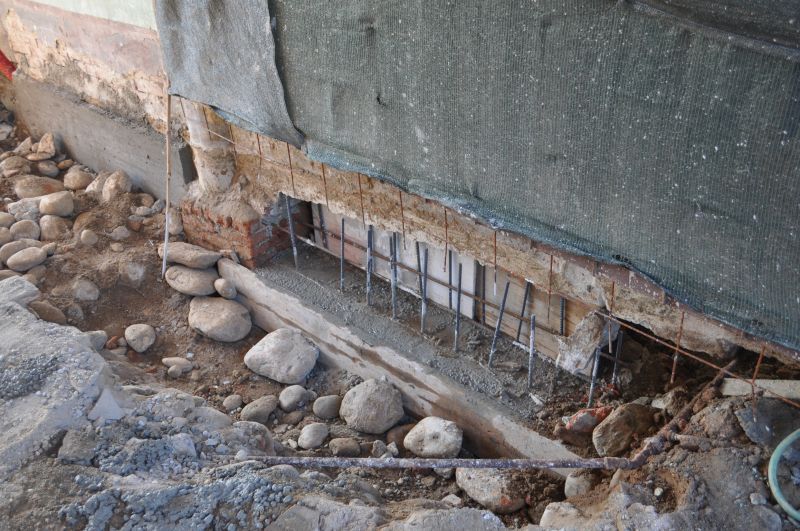
Repairs include underpinning, piering, and mudjacking, tailored to specific foundation types.

Soil type and moisture levels significantly influence repair strategies and timing.
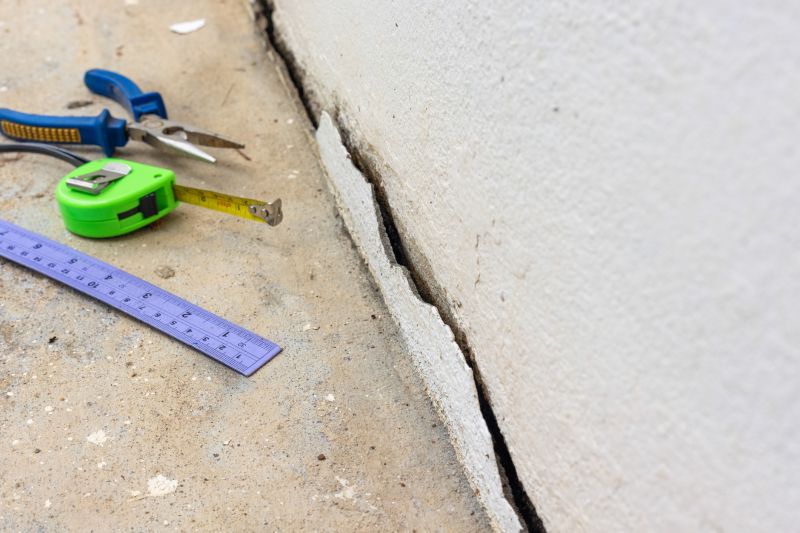
Repair costs vary based on severity, method, and accessibility of the foundation.
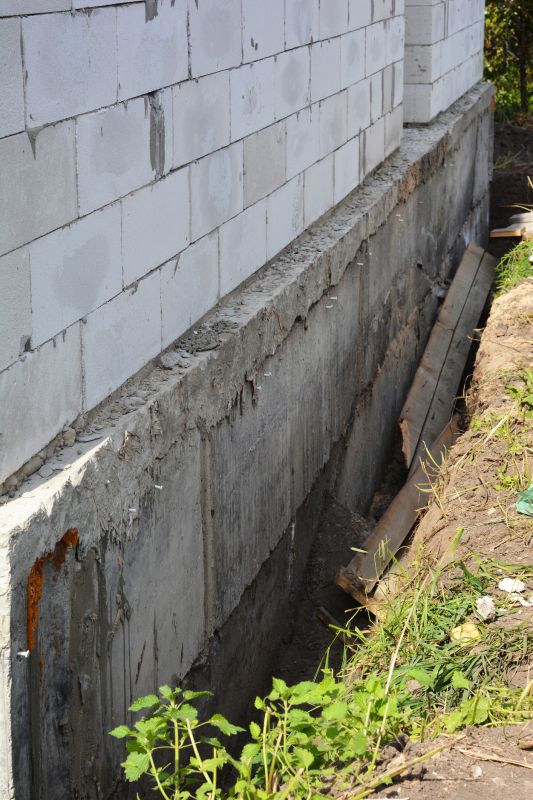
Proper drainage and soil management can help prevent future foundation issues.
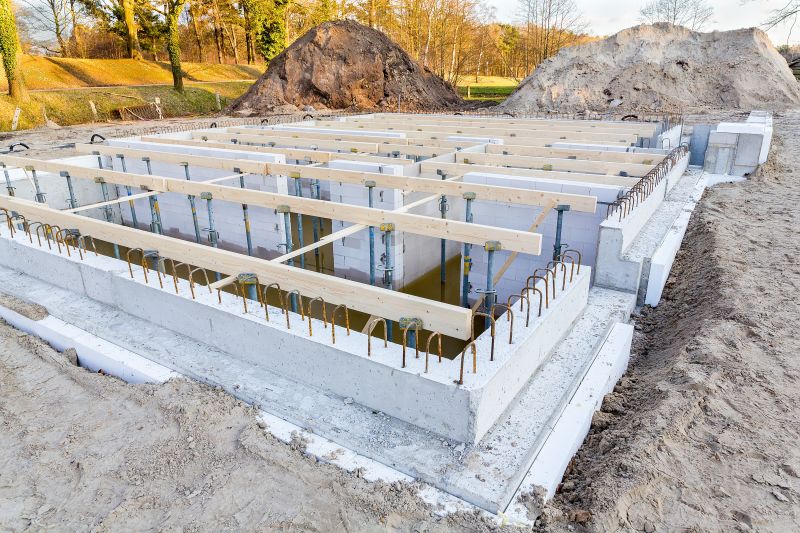
Advanced techniques include hydraulic piers and carbon fiber reinforcement for durable fixes.

Selecting experienced professionals ensures quality work and long-term stability.
| Season | Best Conditions for Foundation Repairs |
|---|---|
| Spring | Moderate temperatures and moist ground facilitate repairs. |
| Summer | Warm weather allows for efficient work, but high heat may cause delays. |
| Fall | Cooler temperatures and less rain create favorable conditions. |
| Winter | Freezing temperatures and frozen ground can hinder repair efforts. |
High-end options that actually feel worth it for Foundation Repairs.
Finishes and colors that play nicely with Foundation Repairs.
Little measurements that prevent headaches on Foundation Repairs day.

